Starlink Mini Power Consumption: Why It's a Game-Changer for Off-Grid Caravanning
When you're planning an extended caravan adventure across Australia's remote outback, one critical consideration often gets overlooked: how much power your internet solution will drain from your battery system. If you've been researching satellite internet options for your caravan, you've likely encountered both Starlink Standard and Starlink Mini. While the Standard dish offers superior performance for stationary setups, the Mini is revolutionising off-grid connectivity for mobile adventurers—and the power consumption difference is a game-changer.
Understanding the Power Draw Difference
The most compelling reason to choose Starlink Mini for caravan use comes down to raw power efficiency. The standard Starlink dish continuously draws between 45-55 watts during operation, while the Starlink Mini operates at just 15-20 watts. For context, that's roughly one-third the power consumption of its larger counterpart.
This seemingly modest difference becomes profound when you're relying on a dual-battery system to power your caravan. Over a 24-hour period, a standard Starlink dish could consume up to 1,320 watt-hours (1.32 kWh), whereas the Mini uses only 480 watt-hours (0.48 kWh)—a saving of 840 watt-hours daily. For caravanners running on solar power and battery storage, this translates directly into extended off-grid capability and reduced reliance on generator backup.
Why This Matters for Australian Caravanners
Australia's vast interior offers some of the world's most spectacular camping destinations, from the red deserts of the Northern Territory to the rugged landscapes of Western Australia. However, these remote locations often lack reliable mobile coverage and fixed internet infrastructure. Many Australian caravanners are digital nomads, remote workers, or small business owners who need consistent connectivity regardless of location.
The power efficiency of Starlink Mini becomes critical in these scenarios. When you're camped in a remote location with limited sunlight hours (particularly during winter months), every watt saved extends your operational window. A caravan equipped with a modest 200-watt solar array and a 200Ah lithium battery bank can sustain Starlink Mini operations far longer than it could support a standard dish.
Integration with Caravan Dual-Battery Systems
Most modern caravans feature dual-battery setups comprising an auxiliary lithium or AGM battery separate from the vehicle's starter battery. These systems typically range from 100Ah to 300Ah capacity. The power draw of your internet solution directly impacts how long you can operate independently from mains power or generator support.
Consider this practical scenario: You're camped at a remote location with 8 hours of useful sunlight daily. Your 200-watt solar array generates approximately 1,600 watt-hours under ideal conditions. With Starlink Mini consuming 480 watt-hours daily, you're left with 1,120 watt-hours for other systems (fridge, lighting, water pump, etc.). Switch to a standard Starlink dish, and that figure drops to 280 watt-hours—barely enough for essential systems.
For caravanners serious about off-grid independence, this efficiency advantage is invaluable. Combined with a quality dual-battery system and adequate solar capacity, Starlink Mini enables genuine self-sufficiency in Australia's remote regions.
Solar Panel Sizing Requirements
The lower power consumption of Starlink Mini directly reduces the solar panel capacity you need to maintain reliable connectivity. This has cascading benefits for your caravan setup:
- For Starlink Mini: A 200-400 watt solar array typically provides sufficient daily generation to sustain the Mini's 15-20 watt draw while charging your auxiliary battery and powering other systems.
- For Standard Starlink: You'd ideally want 400-600 watts of solar capacity to reliably maintain operations while servicing other power demands.
Smaller solar arrays mean reduced weight on your caravan roof, lower installation costs, and less structural stress on your vehicle. For caravanners towing with vehicles that have payload limitations, this efficiency gain extends your practical range of destinations.
Real-World Power Consumption Scenarios
Let's examine how Starlink Mini performs across typical caravan usage patterns:
- Light Usage (4 hours daily): Starlink Mini consumes approximately 80 watt-hours. A 200Ah lithium battery loses roughly 0.4% capacity—negligible impact on your system.
- Moderate Usage (8 hours daily): Consumption reaches 160 watt-hours. Your battery experiences minimal drain, easily replenished by modest solar generation.
- Heavy Usage (12+ hours daily): Even at maximum consumption (240 watt-hours), Starlink Mini remains manageable for properly configured off-grid systems. Standard Starlink at this usage level would consume 540+ watt-hours—more than double.
These scenarios demonstrate why Starlink Mini suits mobile caravanners better than the standard dish. The lower power envelope provides genuine flexibility for extended off-grid periods.
Cost Savings Over Time
The financial benefits of Starlink Mini's efficiency extend beyond initial equipment costs. Lower power consumption means:
- Reduced generator runtime: Less fuel consumption and maintenance
- Extended battery lifespan: Lower daily discharge cycles mean your batteries last longer
- Smaller solar investment: You can achieve off-grid capability with less expensive solar infrastructure
- Lower replacement costs: When batteries eventually need replacement, you've extended their service life through gentler usage patterns
Over a five-year caravan ownership period, these cumulative savings can easily exceed $2,000-3,000 for active off-grid users.
Complementary Outcamp Products
To maximise Starlink Mini's efficiency in your caravan setup, consider these complementary solutions available through Outcamp:
- Dual-battery systems: Properly sized lithium or AGM batteries ensure reliable power storage
- Solar panels and controllers: Quality MPPT controllers optimise charging efficiency
- Power management systems: Monitor and manage your power consumption intelligently
- Starlink accessories: Including protective carry bags and mounting solutions designed for mobile use
Conclusion
For Australian caravanners seeking reliable off-grid internet connectivity, Starlink Mini represents a genuine breakthrough. Its dramatically lower power consumption—roughly one-third that of standard Starlink—transforms what's possible with modest solar and battery systems. Whether you're exploring the Finke Gorge, traversing the Gibb River Road, or establishing a remote base camp, Starlink Mini's efficiency enables extended independence from grid infrastructure.
The choice between Starlink Mini and Standard ultimately depends on your usage patterns and power infrastructure. However, for mobile caravanners prioritising off-grid self-sufficiency, the Mini's power efficiency advantage makes it the clear winner. Combined with a well-designed dual-battery system and adequate solar capacity, it delivers the connectivity modern adventurers demand without compromising the independence that makes remote Australian travel so rewarding.

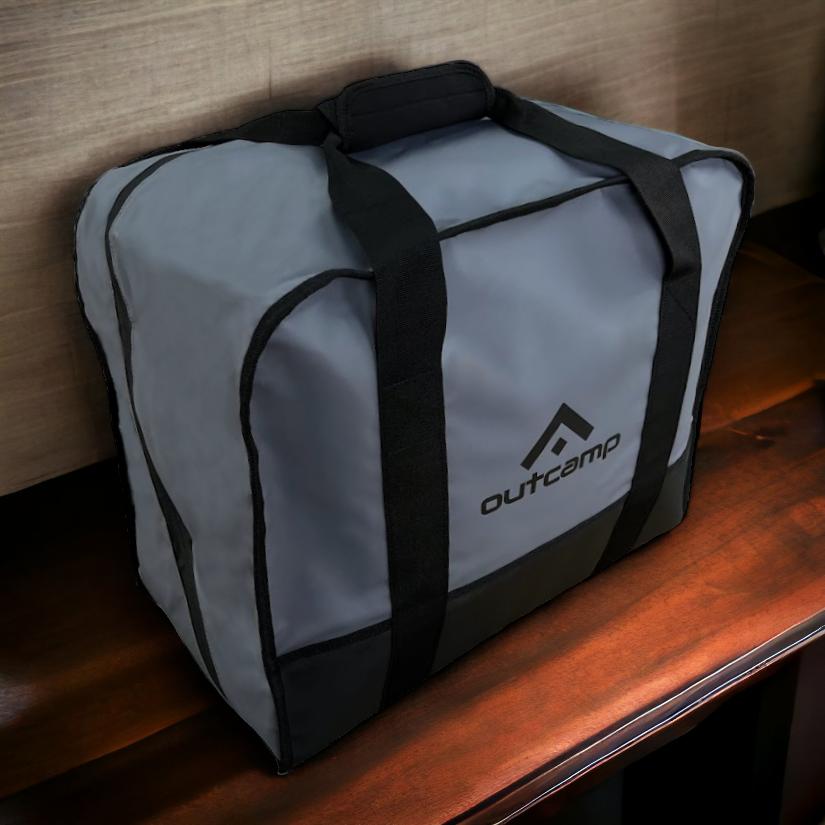

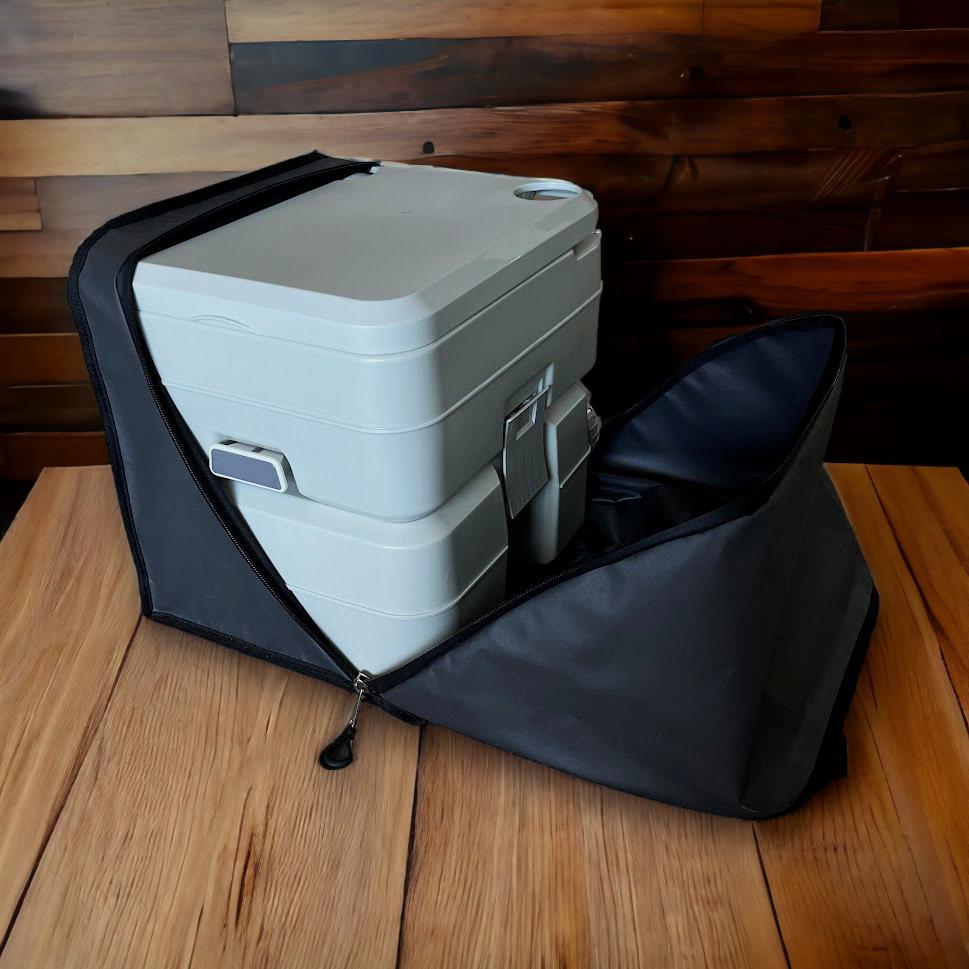
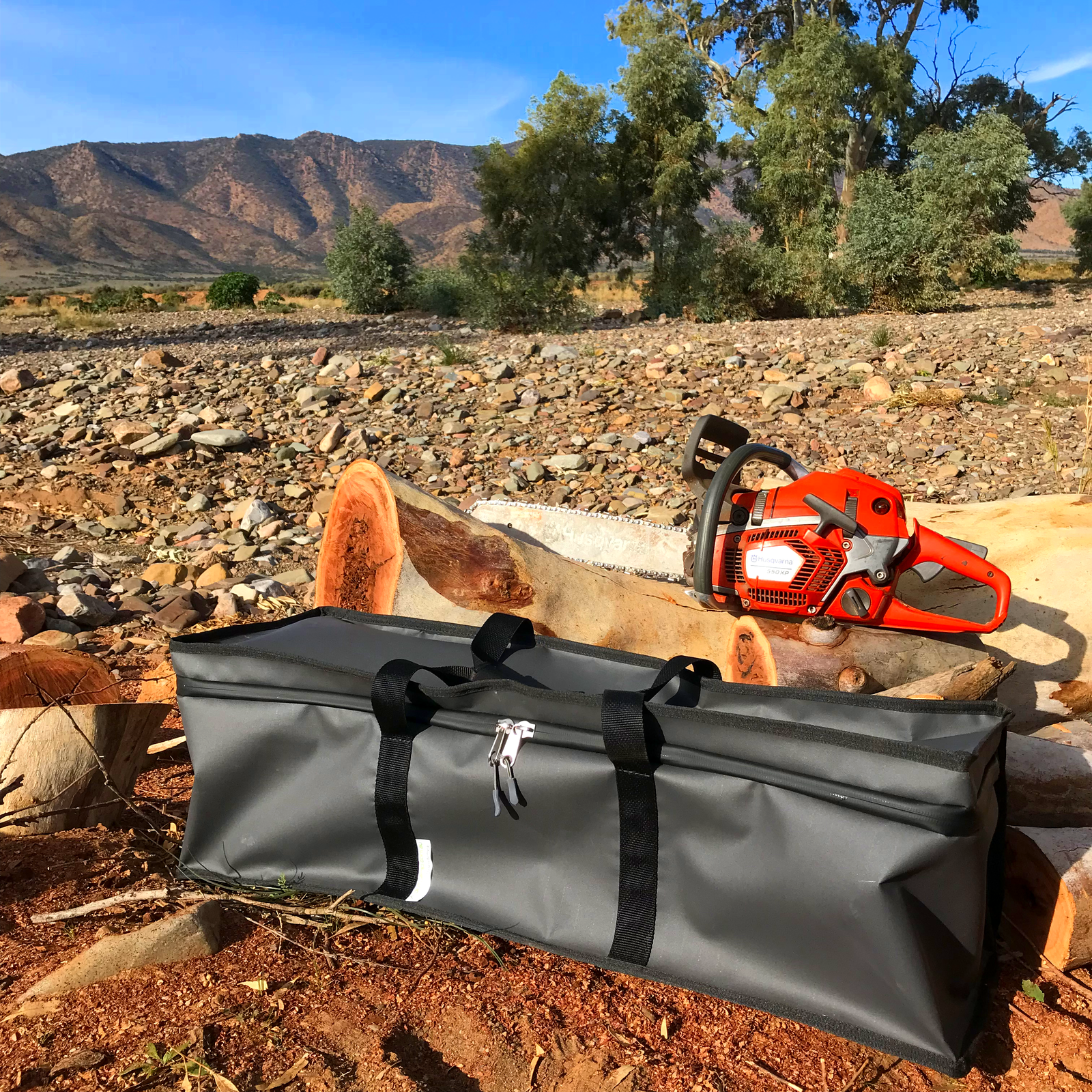
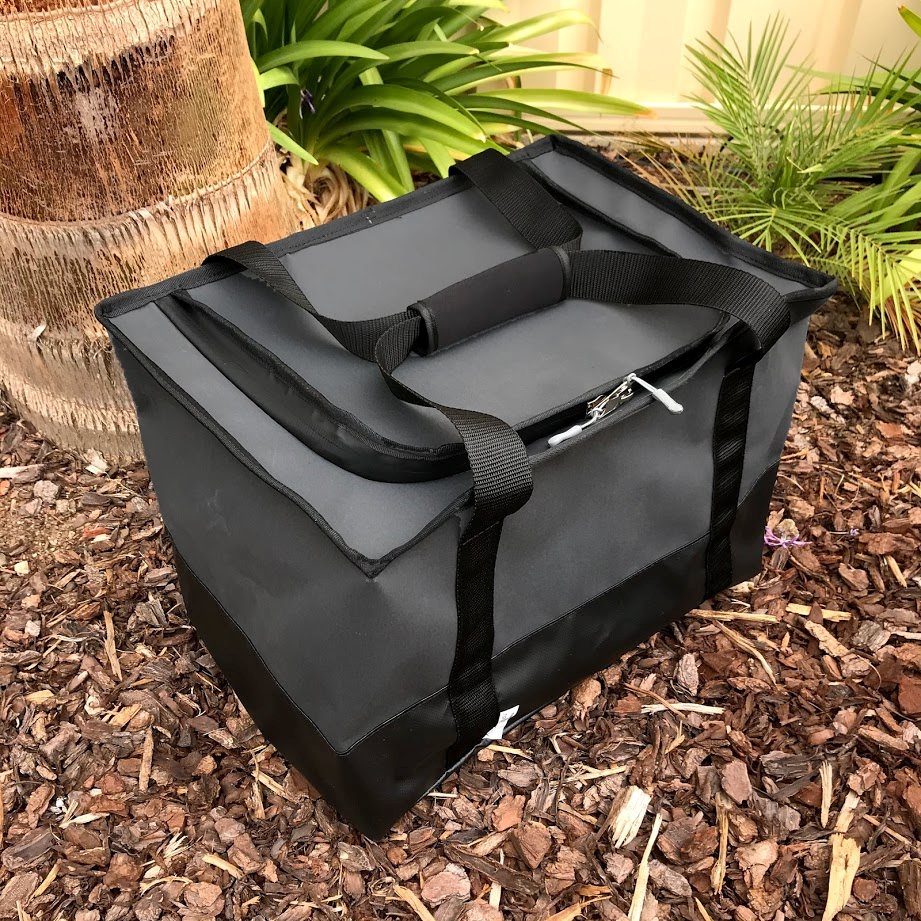

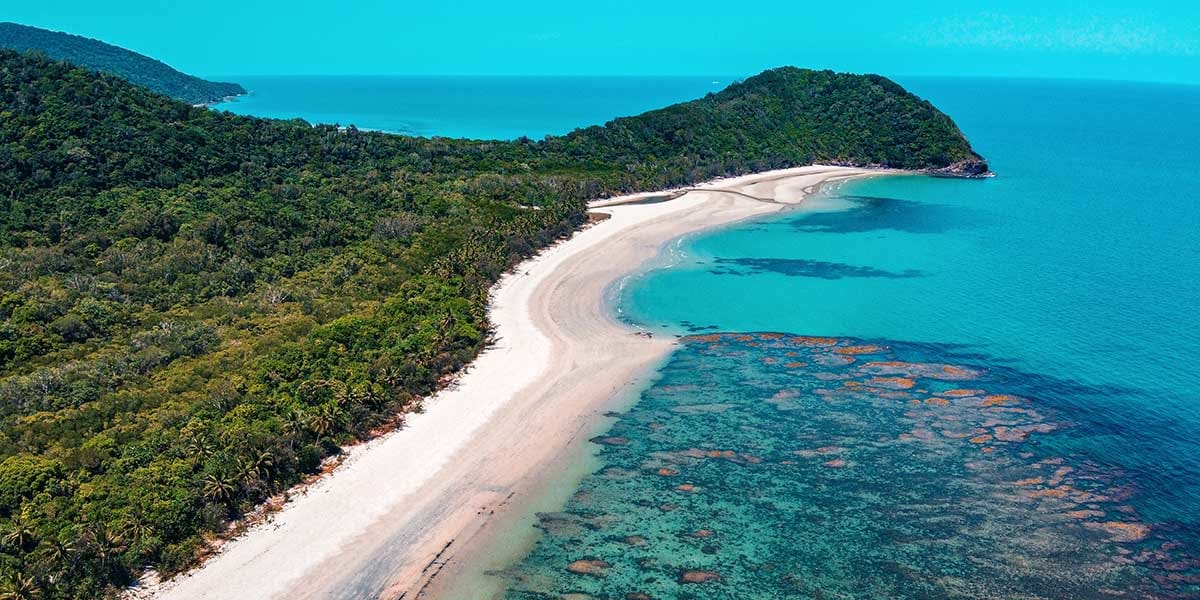
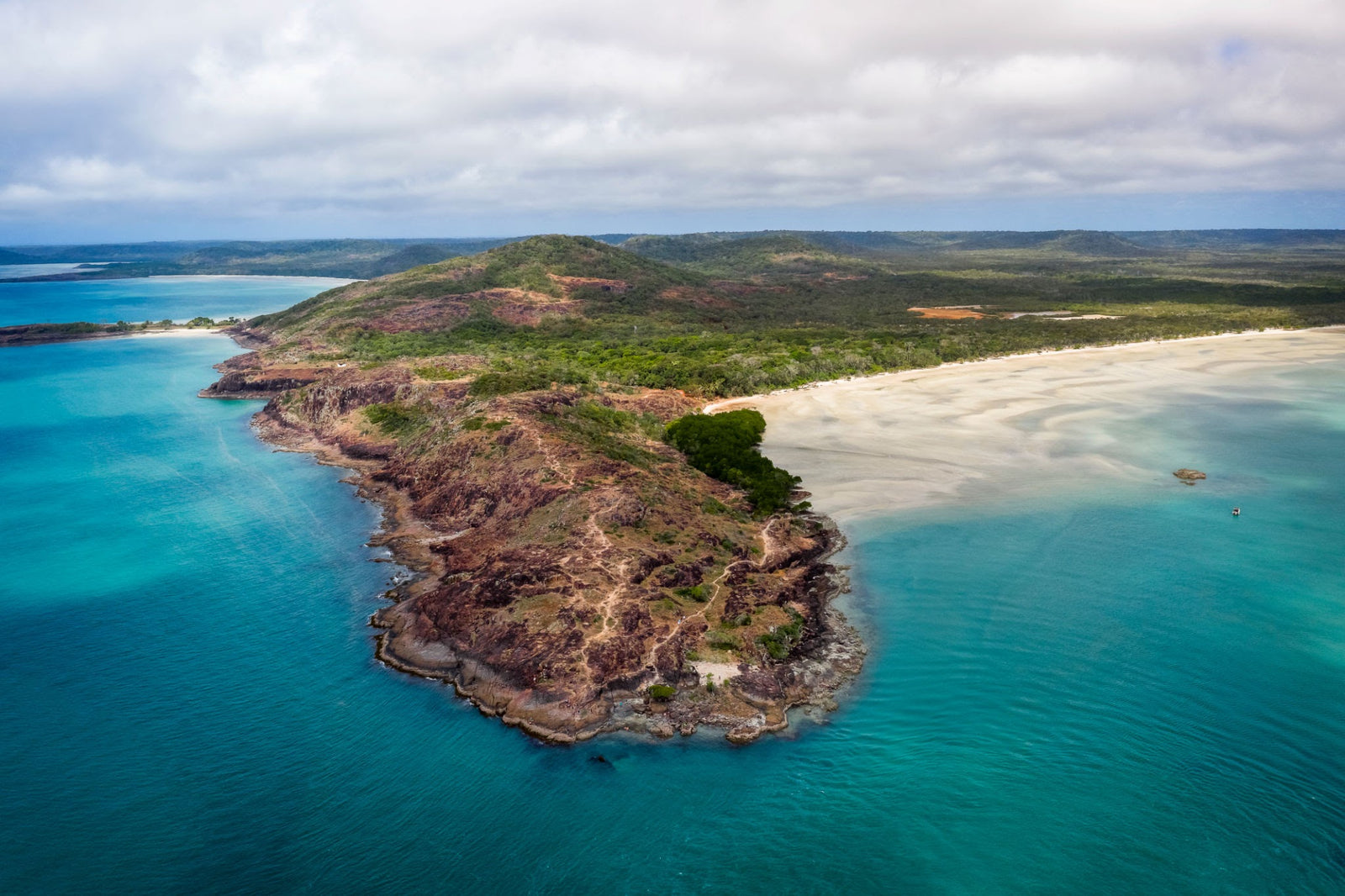




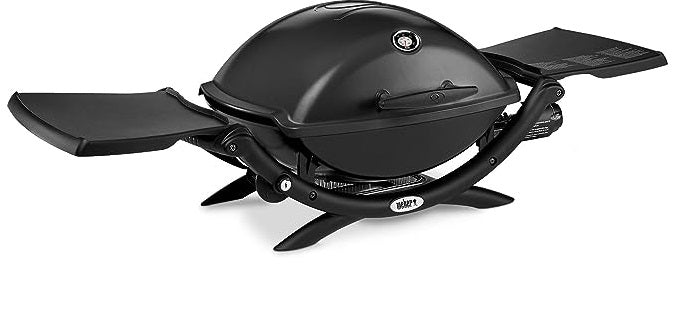
Leave a comment (all fields required)